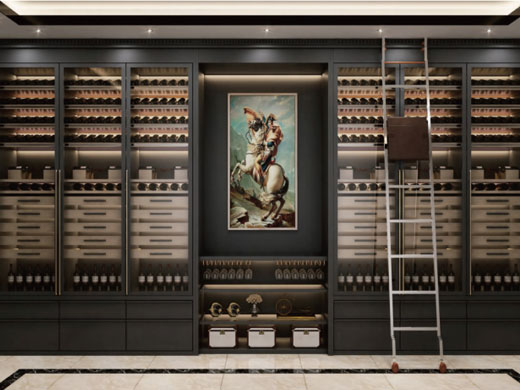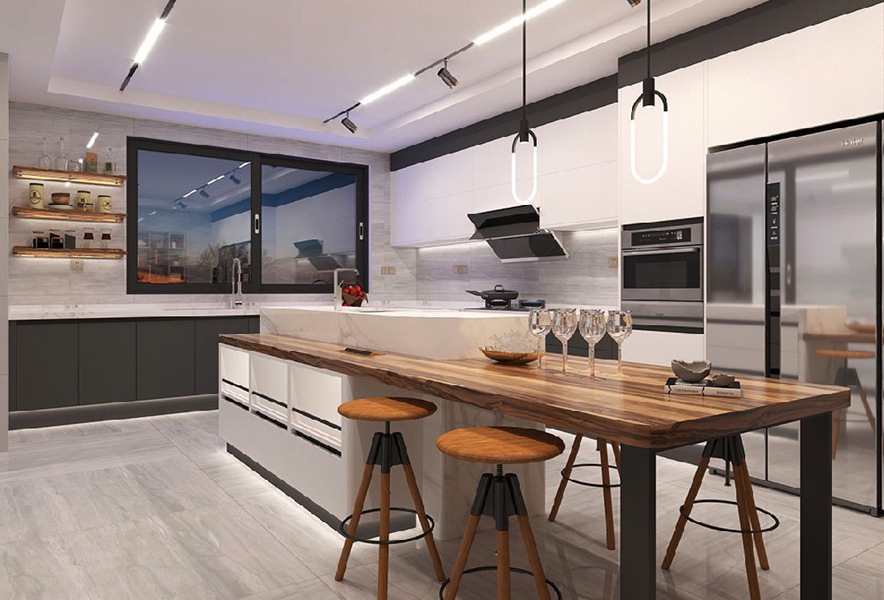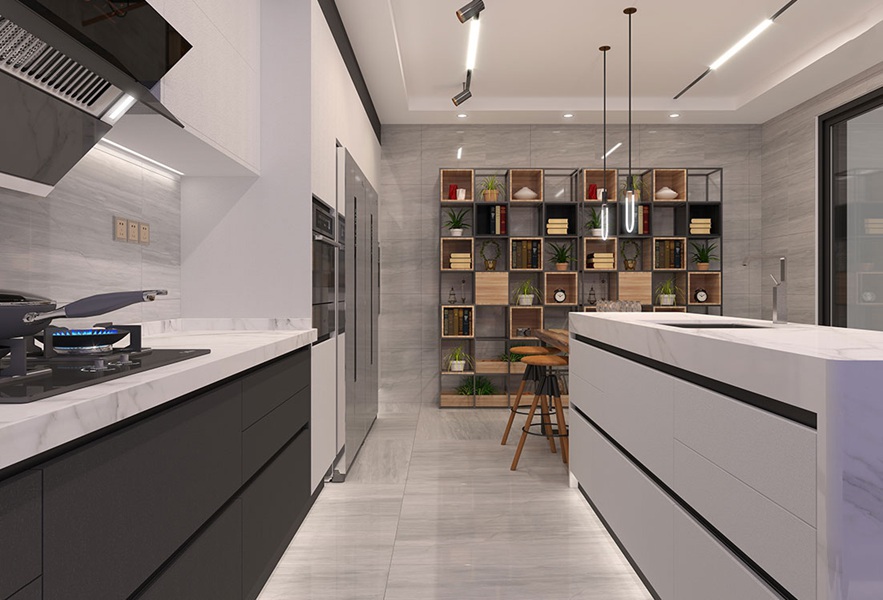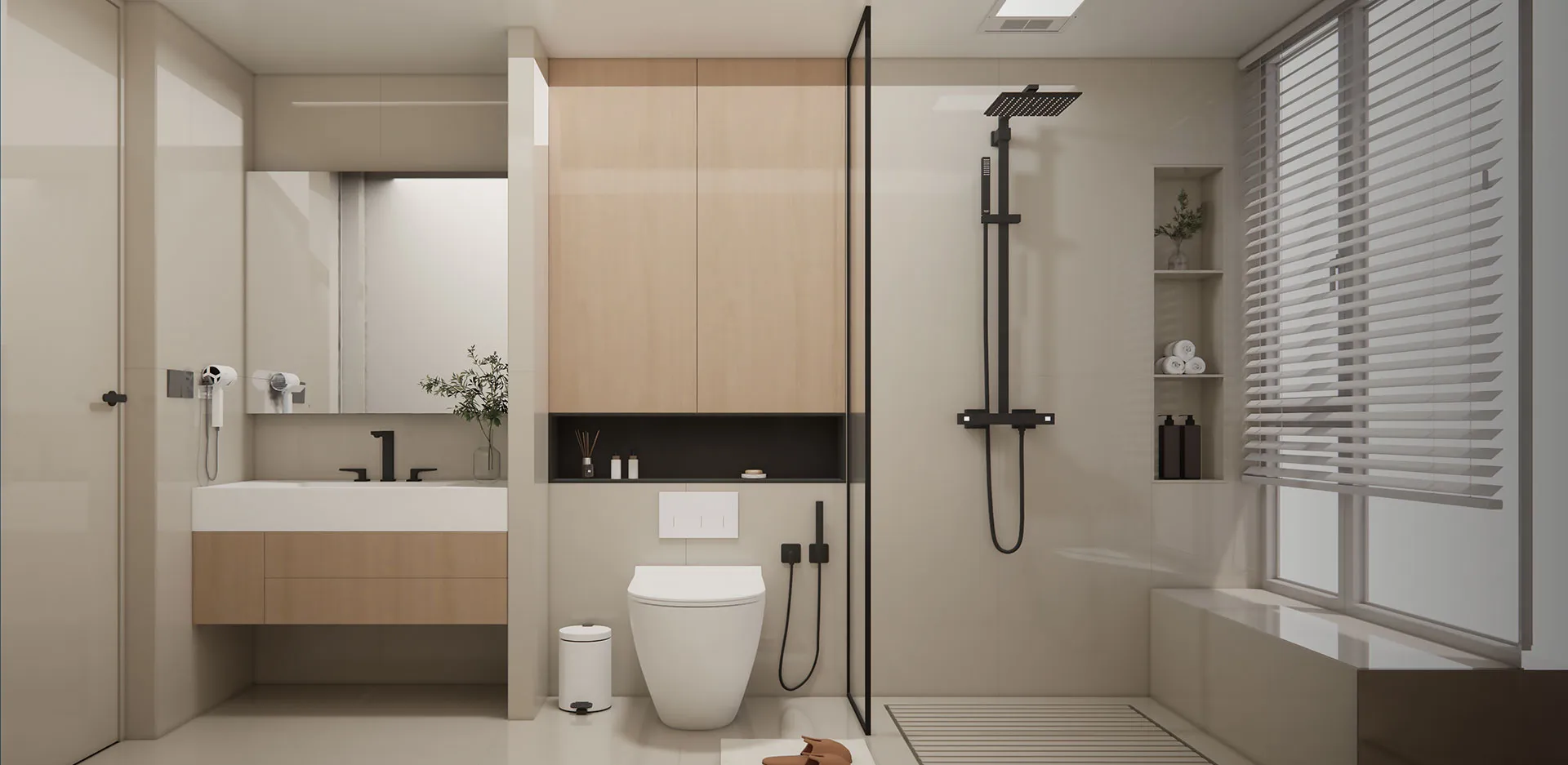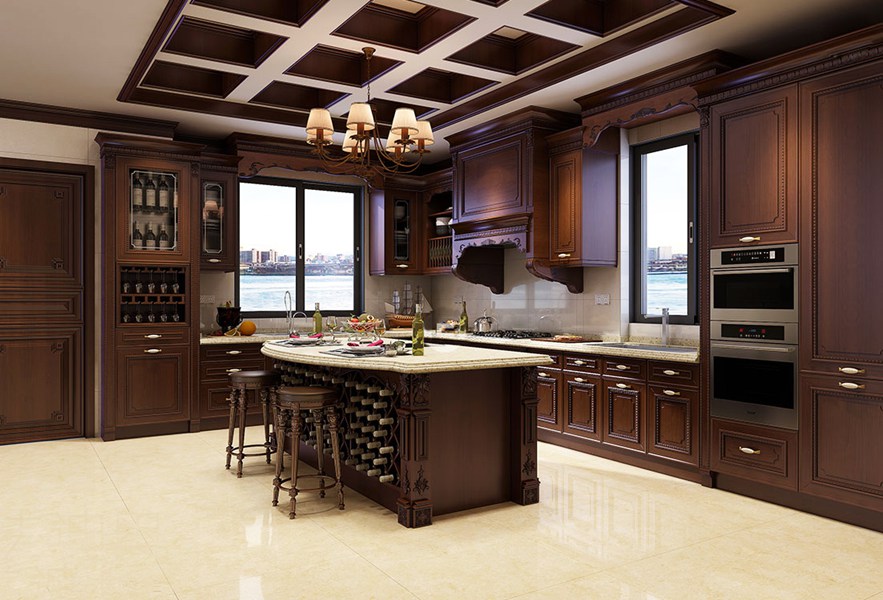304 vs 316 Stainless Steel kitchen Cabinets: Which One to Choose?
Stainless steel kitchen cabinets are highly regarded in both residential and commercial settings for their sleek aesthetics, strength, and resistance to corrosion. Whether you're outfitting a modern kitchen, a laboratory, a food service area, or an industrial environment, stainless steel cabinets offer a clean, professional look combined with long-term durability.
However, when choosing stainless steel kitchen cabinets, one important decision often arises: Should you choose 304 or 316 stainless steel?
Though both grades belong to the austenitic family of stainless steel and share many similarities, they have key differences that can greatly influence your cabinet’s performance, lifespan, and suitability for specific environments.
What Is 304 Stainless Steel?
304 stainless steel is the most commonly used grade of stainless steel, often referred to as “18/8” due to its composition: approximately 18% chromium and 8% nickel. It offers excellent corrosion resistance, strength, and weldability, making it a popular material for kitchen equipment, medical devices, architectural paneling, and more.
Key Features of 304 Stainless Steel:
Corrosion Resistance: Excellent in most indoor environments.
Cost-Effective: More affordable than 316 stainless steel.
Non-Magnetic: In annealed condition, which is ideal for many applications.
Easy to Fabricate: Welds well and is easily shaped and polished.
What Is 316 Stainless Steel?
316 stainless steel contains the same basic components as 304, but with one significant addition: 2–3% molybdenum. This added element provides enhanced resistance to chlorides and harsh chemicals, making 316 ideal for marine environments, chemical processing plants, and areas exposed to salt or high humidity.
Key Features of 316 Stainless Steel:
Superior Corrosion Resistance: Especially against salt, acids, and chlorides.
Longer Lifespan in Harsh Conditions: Ideal for coastal and industrial settings.
More Expensive: Due to the added molybdenum and higher nickel content.
Excellent for Hygienic Applications: Preferred in pharmaceutical and food industries.
Head-to-Head Comparison: 304 vs 316 Stainless Steel Cabinets
Feature | 304 Stainless Steel | 316 Stainless Steel |
Composition | 18% Chromium, 8% Nickel | 16% Chromium, 10% Nickel, 2-3% Molybdenum |
Corrosion Resistance | Very good | Exceptional (especially to salt, chlorides, acids) |
Cost | More economical | More expensive (approx. 20–30% higher) |
Applications | Indoor kitchens, cabinets, appliances, furniture | Outdoor kitchens, marine environments, chemical labs |
Durability | Strong and wear-resistant | Stronger and more chemically resistant |
Appearance | Brushed or mirror finishes available | Similar appearance, slightly more lustrous due to higher nickel |
Maintenance | Easy to clean and maintain | Also easy, but more resilient in corrosive environments |
When Should You Choose 304 Stainless Steel Cabinets?
304 stainless steel is the go-to option for general-purpose use. If your cabinets are going to be placed indoors, away from corrosive chemicals or high salinity, 304 is usually more than sufficient.
Ideal Applications for 304 Cabinets:
Home kitchens
Indoor wine or dish cabinets
Office and lab storage (non-chemical)
Commercial food prep areas
Hotel service cabinets
Retail or display cabinetry
Its affordability, versatility, and ease of maintenance make it a smart choice for many residential and light commercial projects.
When Should You Choose 316 Stainless Steel Cabinets?
If your environment is aggressive, humid, or involves exposure to saltwater, chemicals, or cleaning agents, then 316 is the safer long-term investment. While it comes with a higher price tag, the added protection from corrosion and chemical wear will prevent costly replacements or repairs down the road.
Ideal Applications for 316 Cabinets:
Outdoor kitchens and patios
Coastal hotels and resorts
Marine facilities and ship interiors
Pharmaceutical production areas
Commercial kitchens using strong cleaning agents
Chemical labs or hospitals
In industries where hygiene and chemical resistance are critical, 316 is often a regulatory or health-compliance requirement.
Aesthetic Considerations
Both 304 and 316 stainless steel can be polished to a mirror, satin, or brushed finish, and visually they are nearly indistinguishable. However, over time, 316 will maintain its luster better in harsh environments due to its superior corrosion resistance. If your cabinet will be a focal point in a high-traffic or high-moisture area, 316 may retain its clean appearance for longer.
Cost vs. Value: Is 316 Worth the Extra Expense?
For many, the decision boils down to cost versus long-term value. If the budget allows and the cabinet will be installed in a challenging environment, 316 is a better long-term choice. However, if the setting is stable and not corrosive, 304 stainless steel offers excellent durability and beauty at a more affordable price.
Here’s a simple guideline:
Choose 304 if: Your environment is standard, dry, and indoor.
Choose 316 if: Your environment is wet, salty, chemical-rich, or outdoors.
Choose Based on Environment and Application
While both 304 and 316 stainless steel are durable, corrosion-resistant, and visually appealing, the right choice ultimately depends on your specific application and environment. If your cabinets will be used indoors or in relatively dry, low-corrosive conditions, 304 stainless steel offers excellent performance and cost-effectiveness. However, for marine, coastal, chemical-rich, or outdoor environments, the enhanced corrosion resistance of 316 stainless steel makes it the smarter investment.
When quality, durability, and hygiene are non-negotiable, Meslier Stainless Steel Cabinets offer a wide range of customizable options in both 304 and 316 stainless steel. Whether you're equipping a professional kitchen, outdoor bar, luxury home, or laboratory space, Meslier delivers precision-engineered cabinet solutions that combine functionality with elegant modern design.
Choose Meslier – where craftsmanship meets corrosion resistance, and your space meets its perfect fit.
Hot News
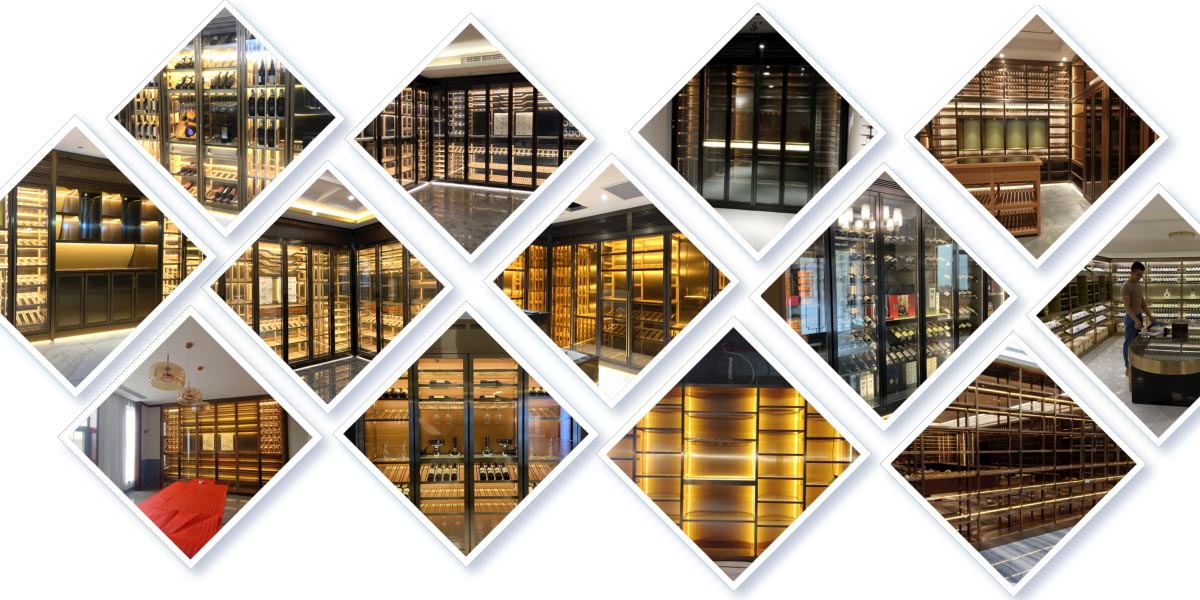
Best Stainless Steel Wine Cabinet for Home
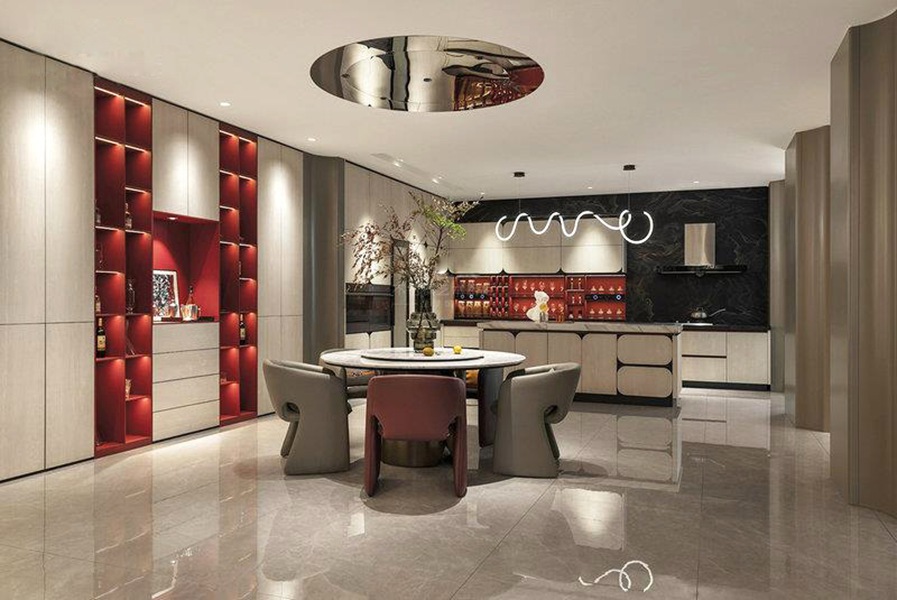
Stainless Steel Cabinets vs. Wood Cabinets: Which is the Better Choice for Your Kitchen?

Minimalist Kitchen Design: How Stainless Steel Cabinets Fit the Trend
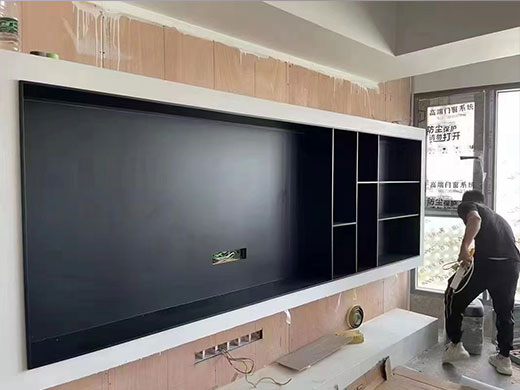
Creative Uses of Stainless Steel Wall Niches in Contemporary Interiors
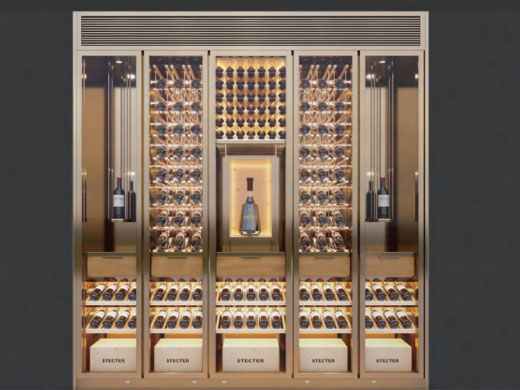
Stainless Steel vs. Wooden Wine Cabinets: Pros & Cons
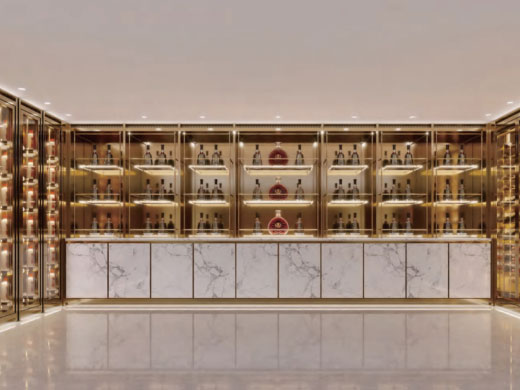
Glass Door vs. Solid Door Stainless Steel Wine Cabinets: What’s Best?
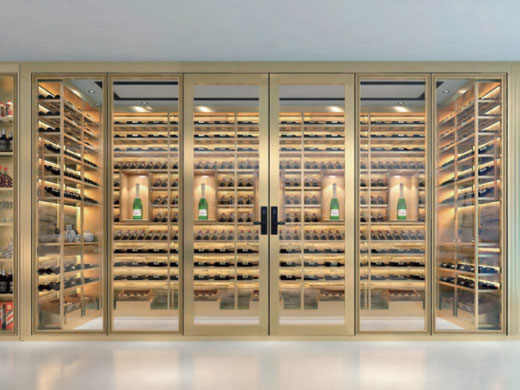
High-End vs. Budget-Friendly Stainless Steel Wine Cabinets: A Buyer’s Guide
